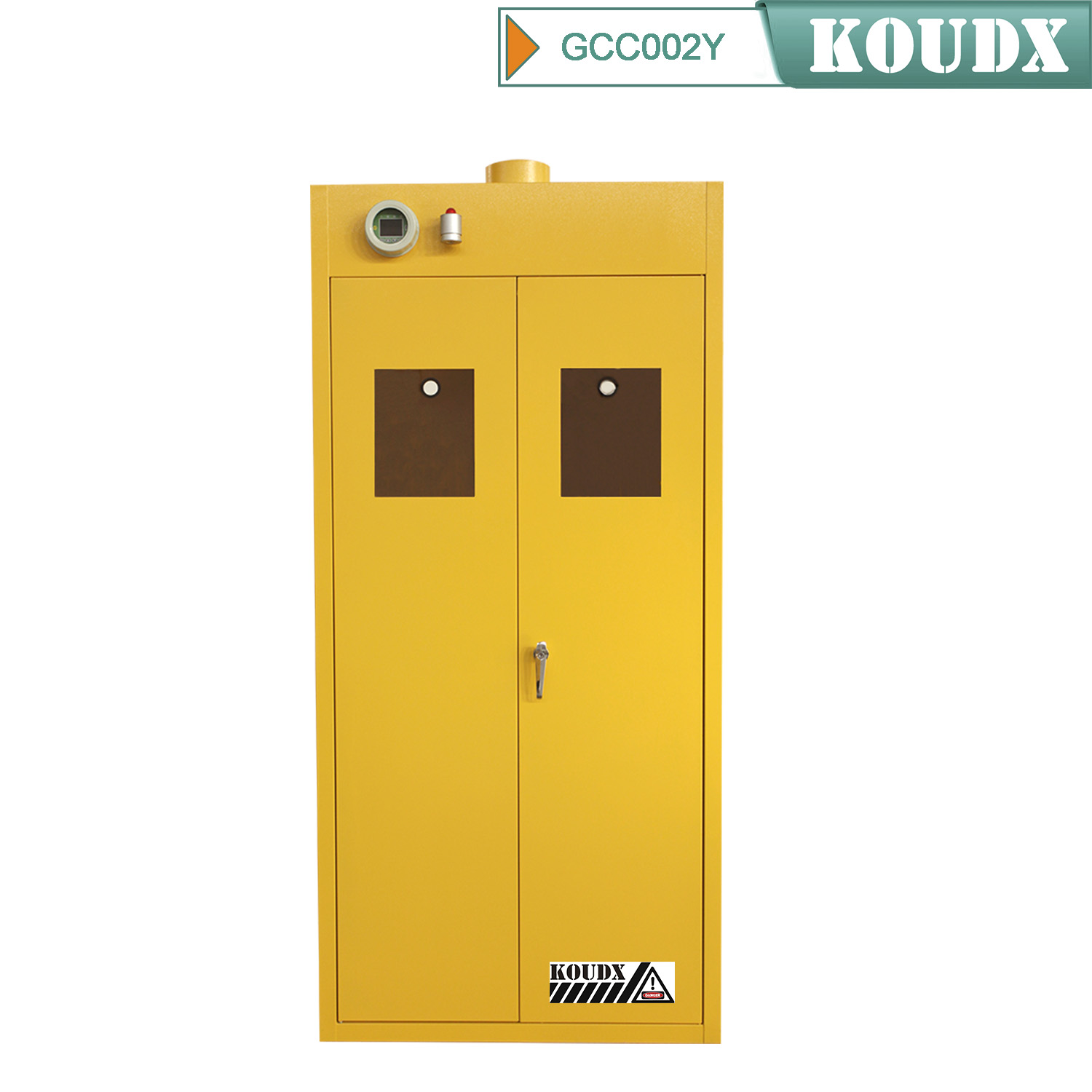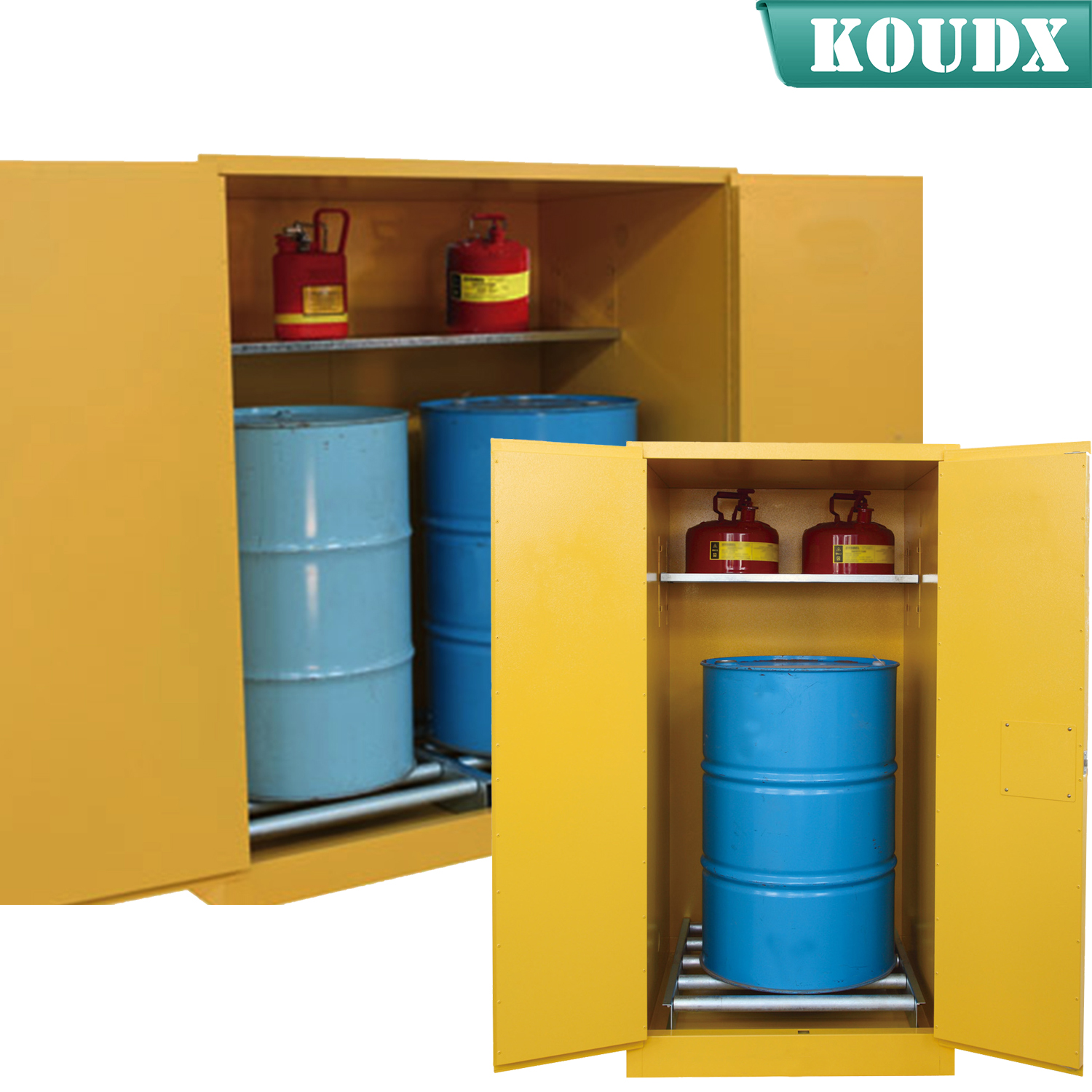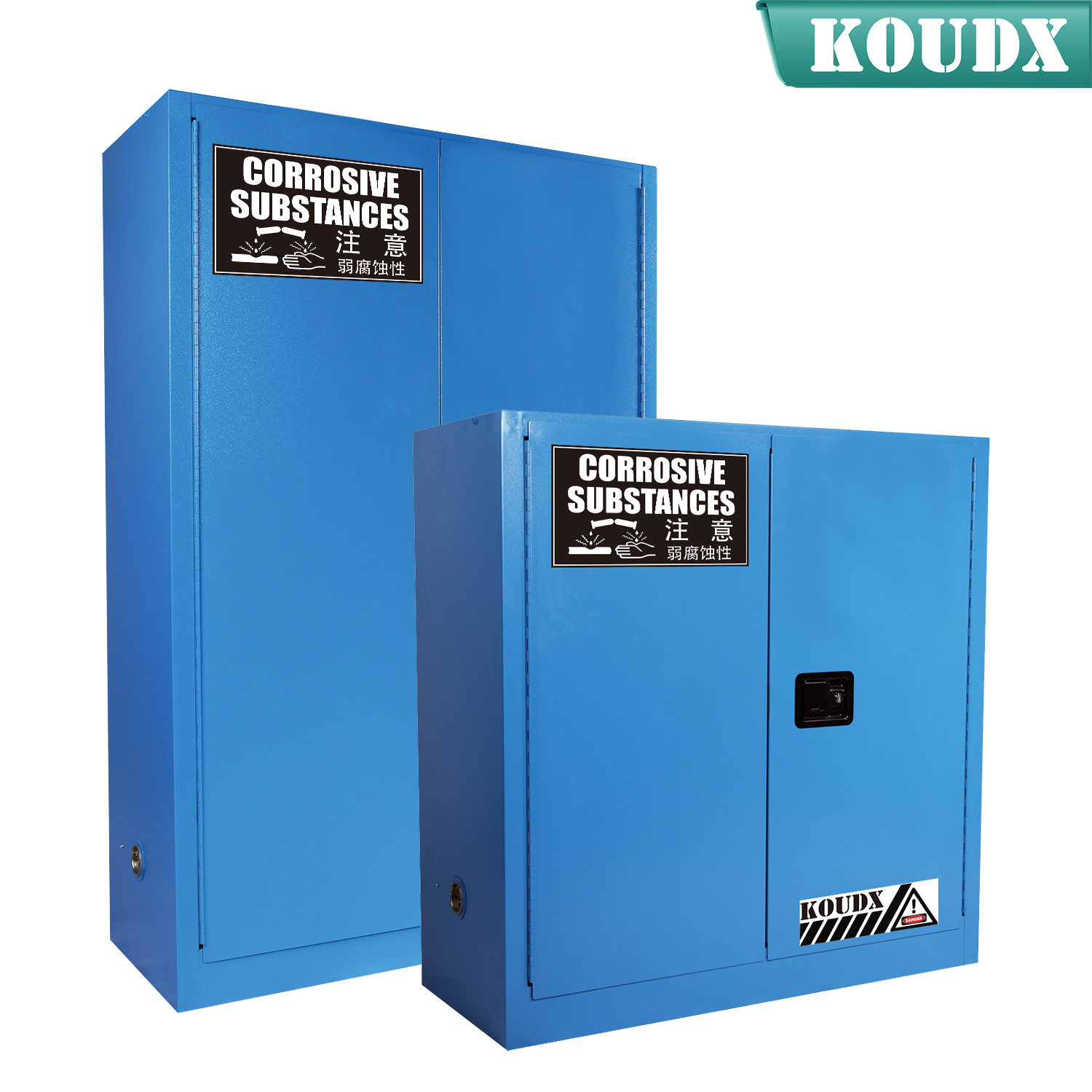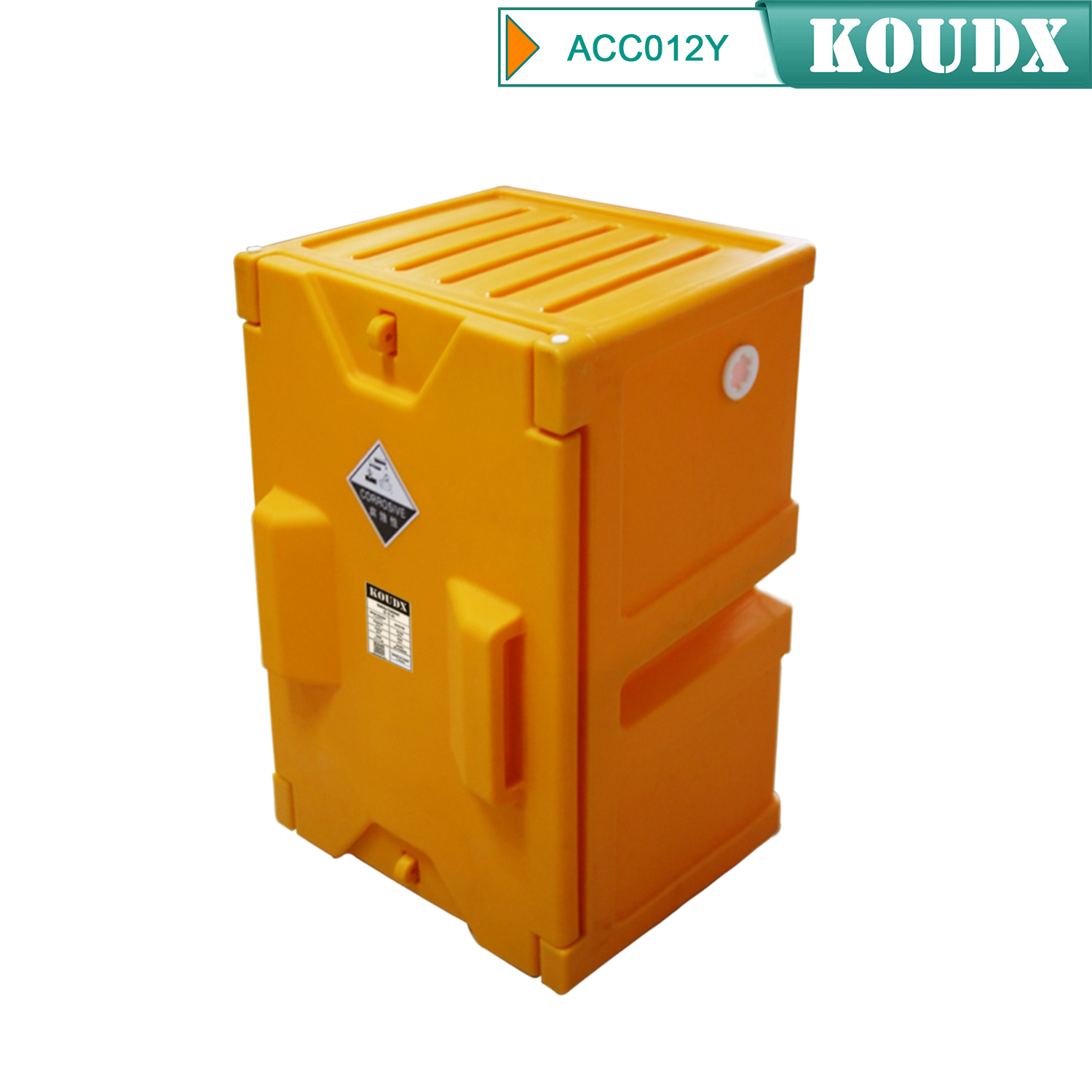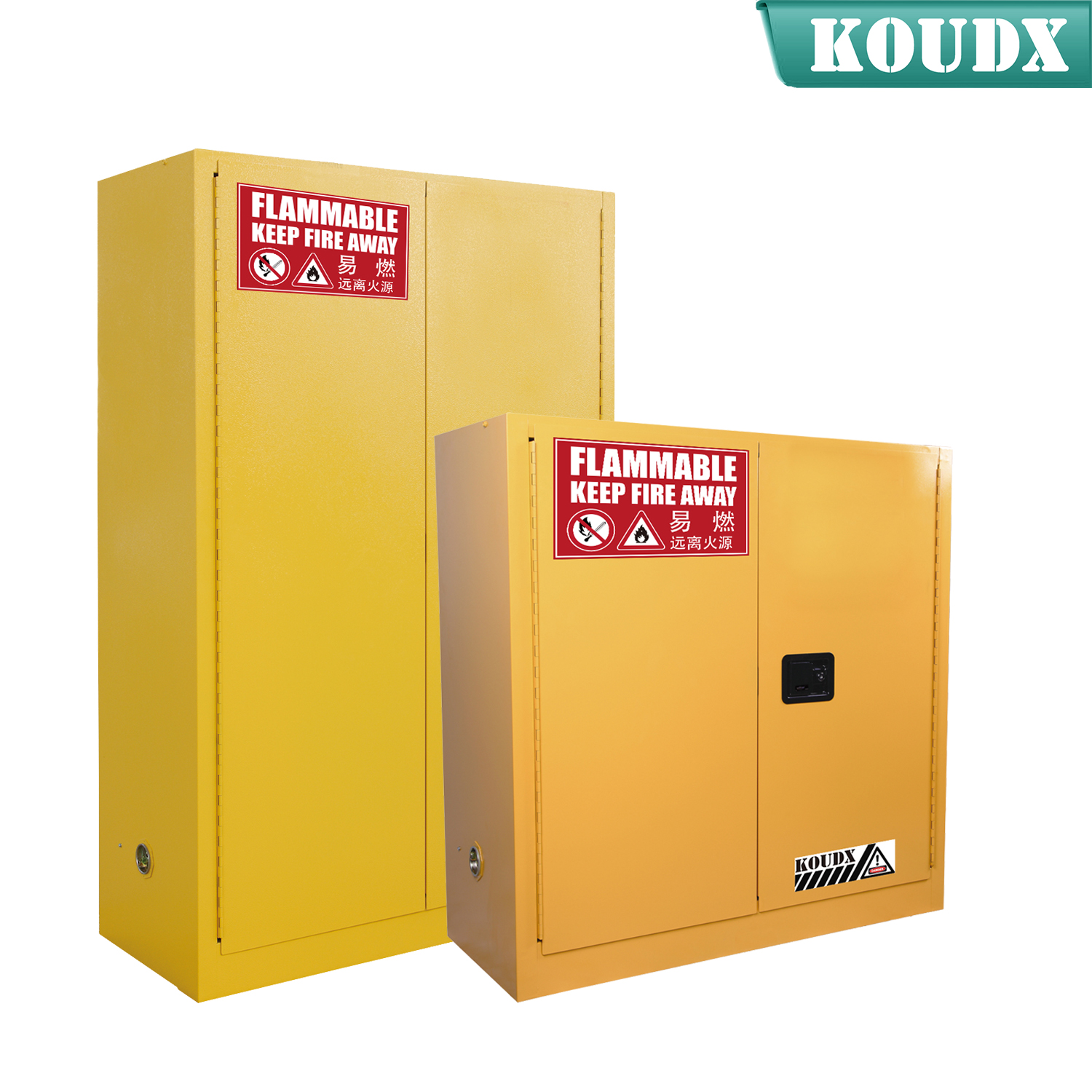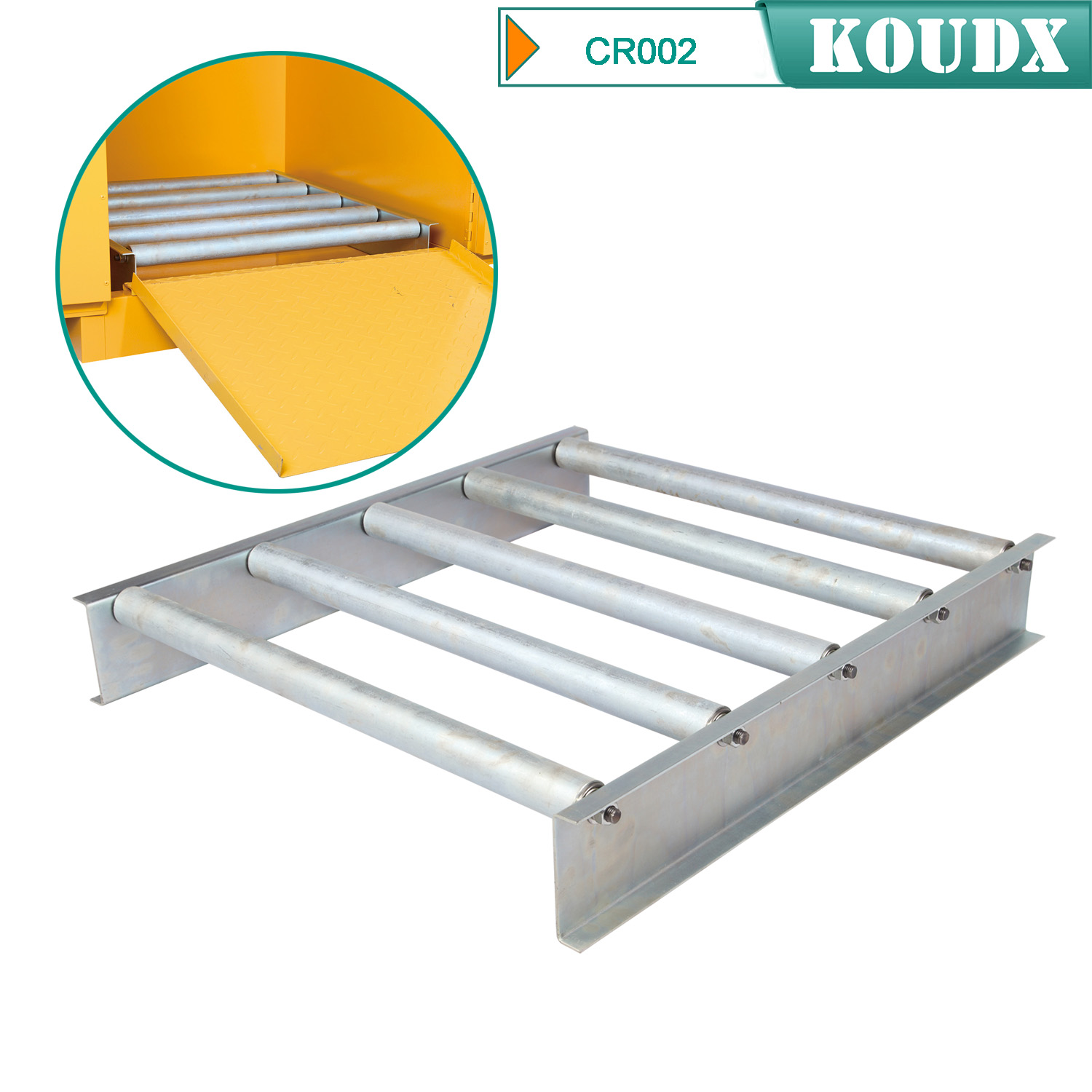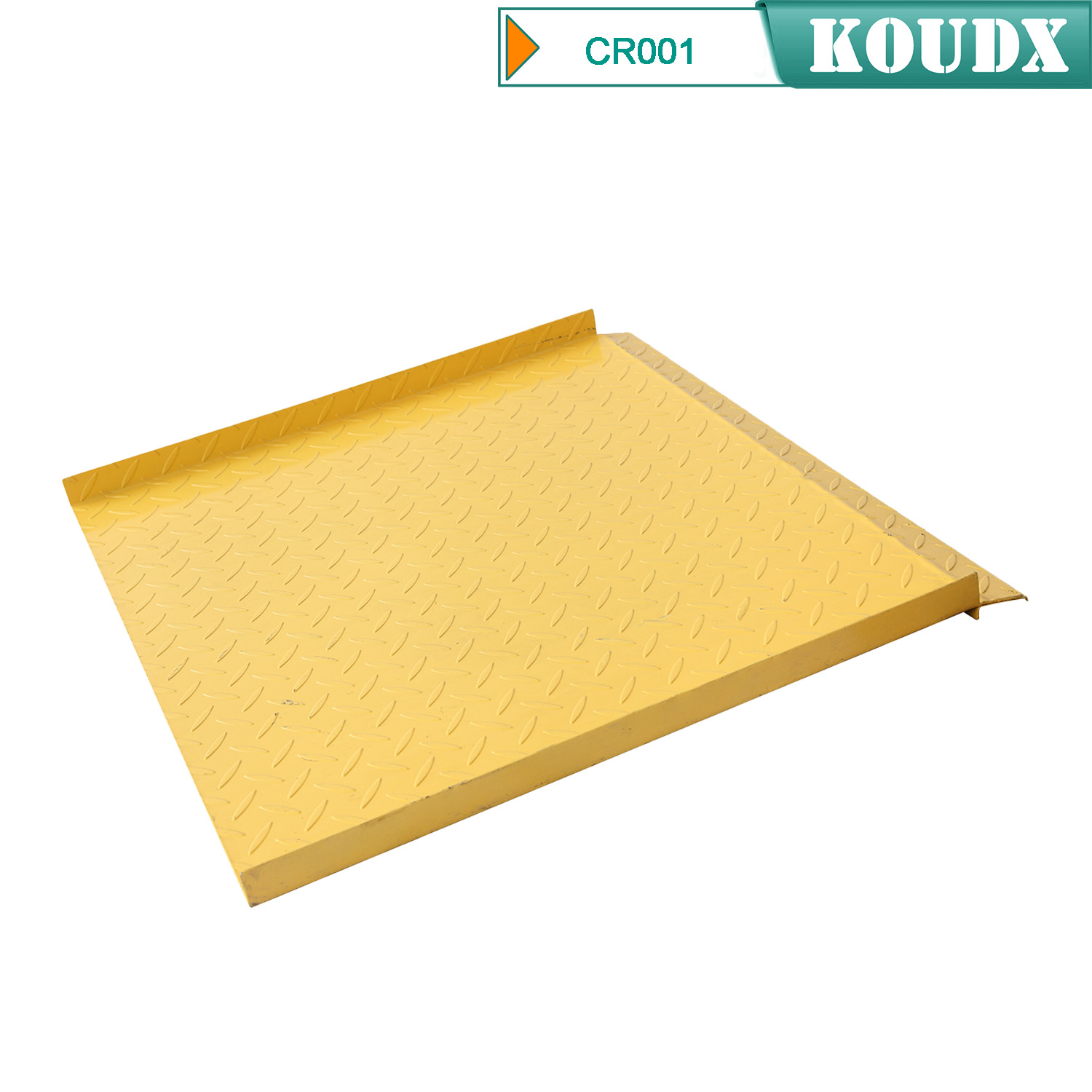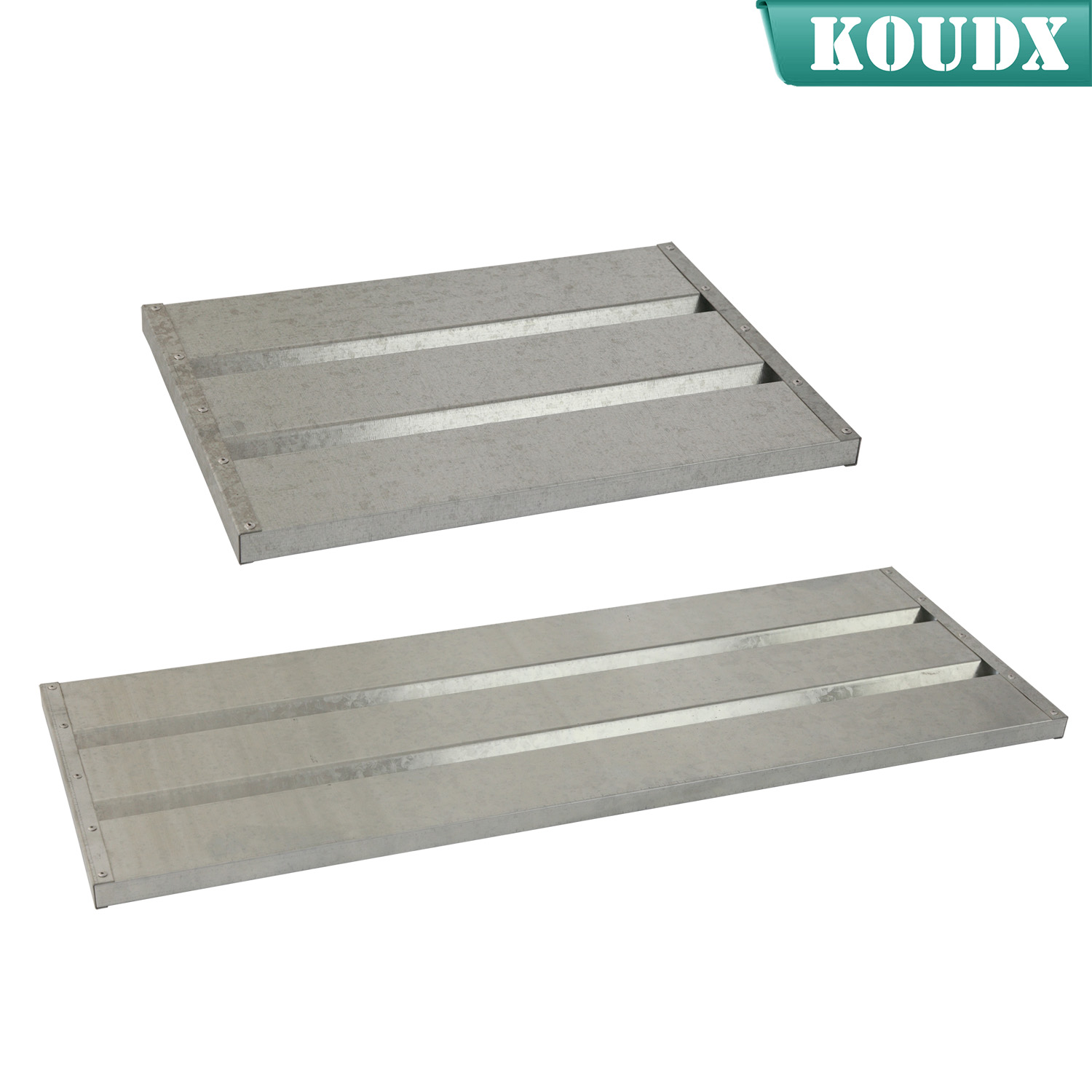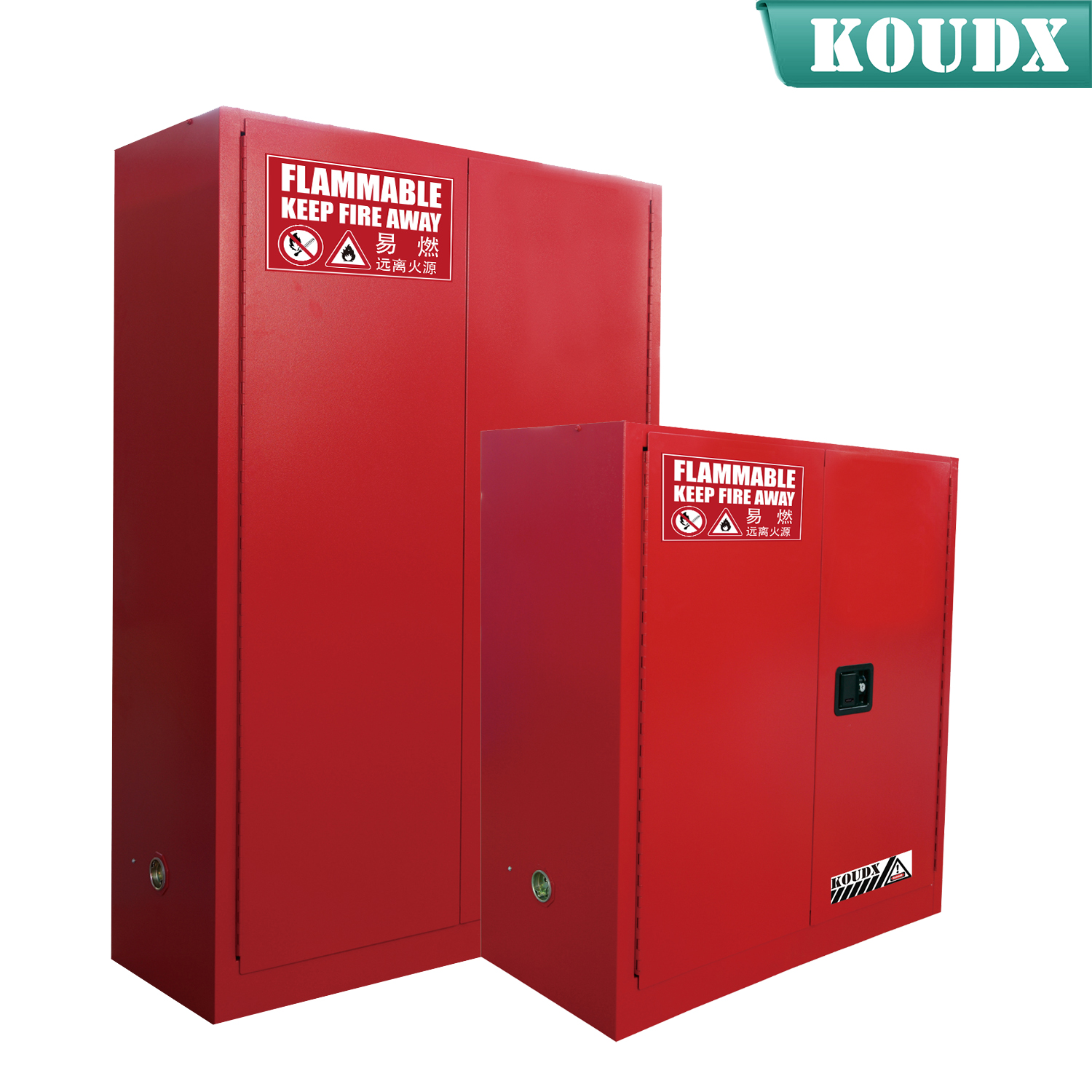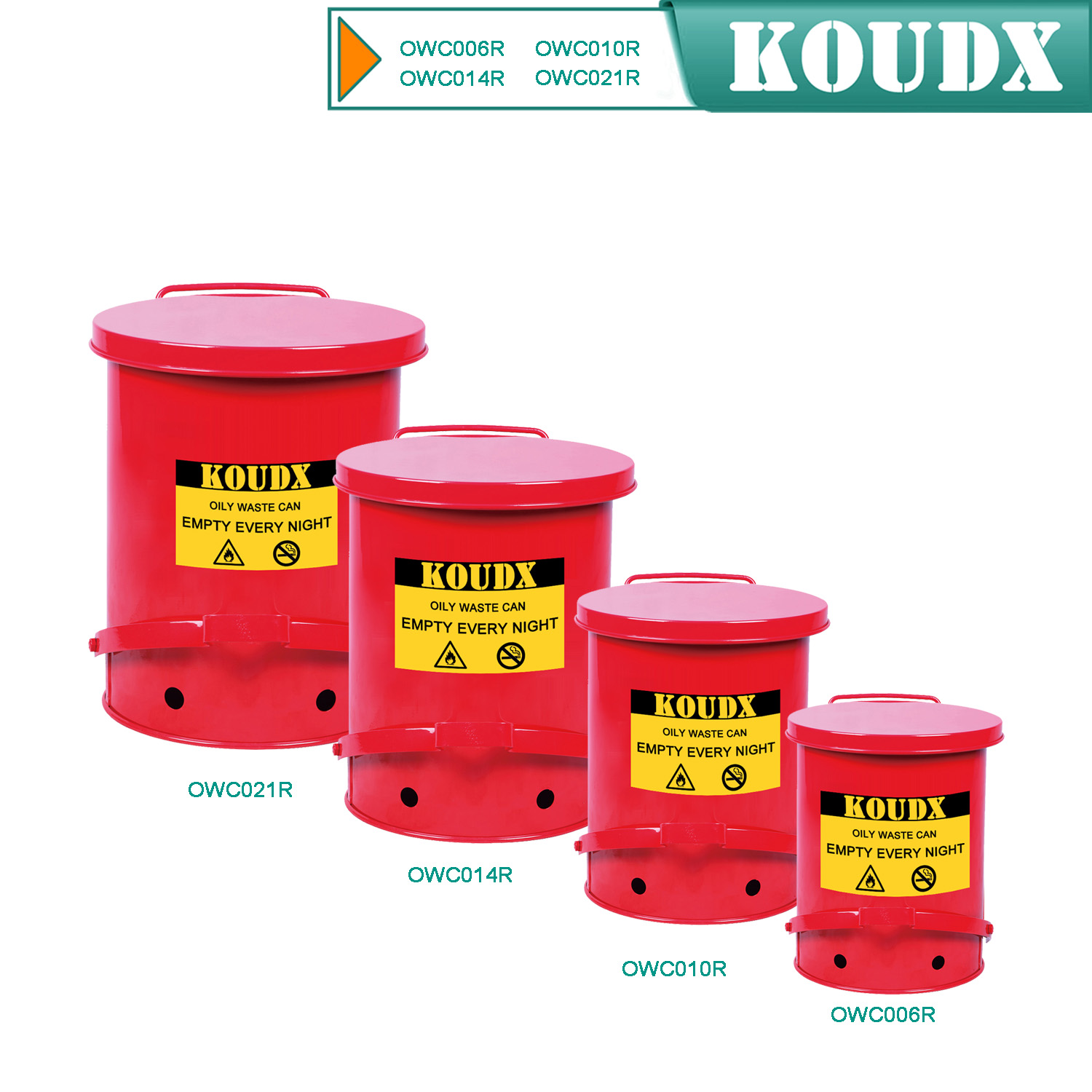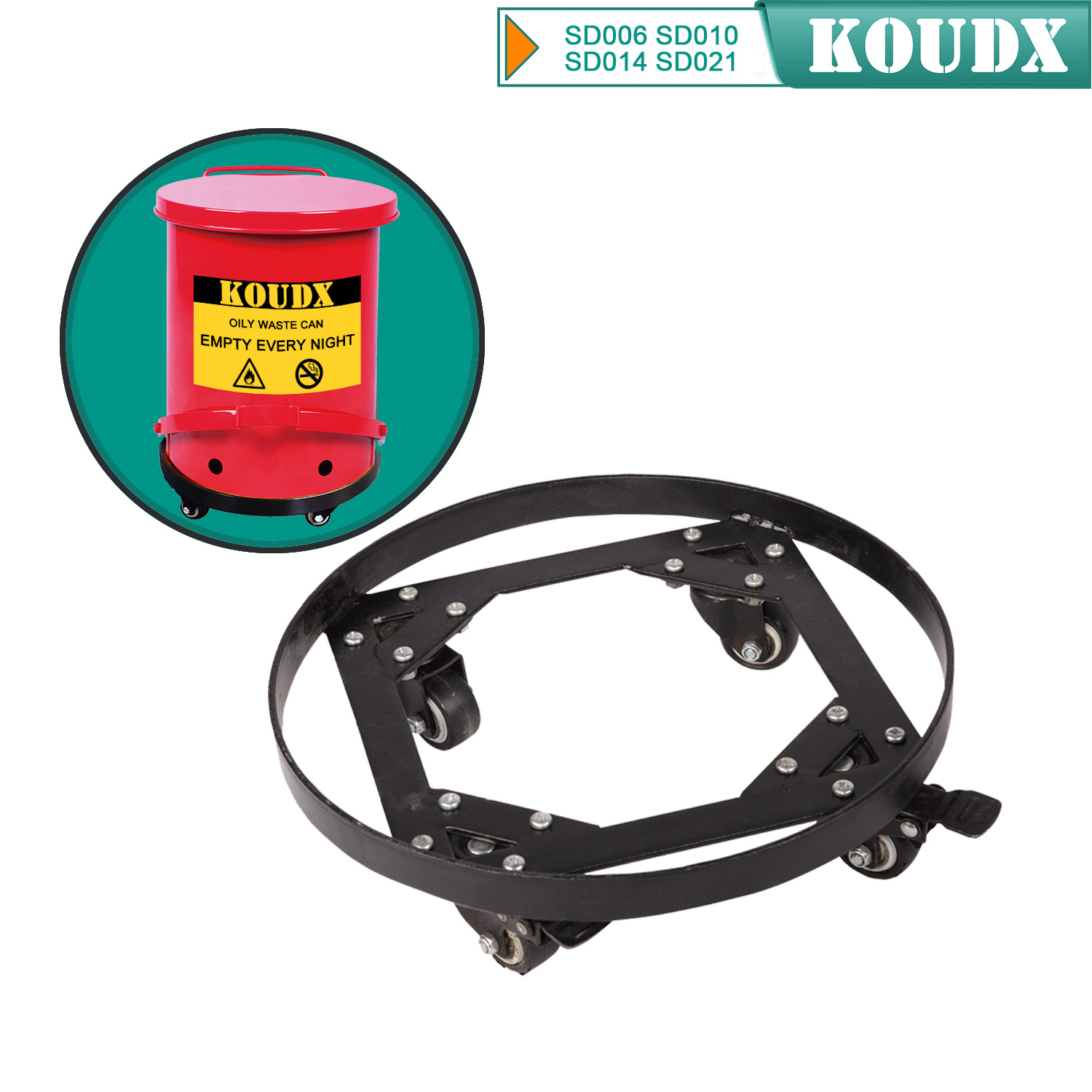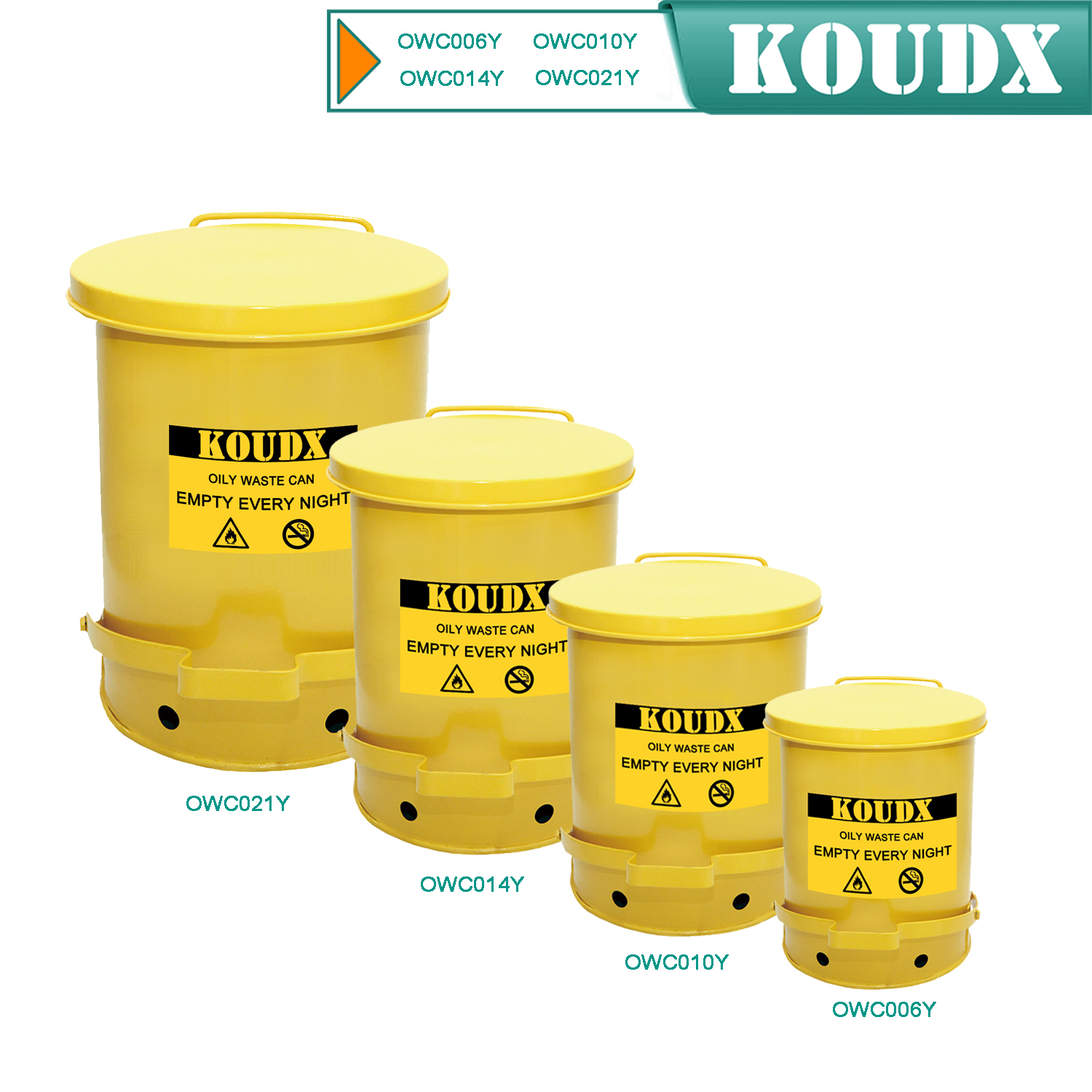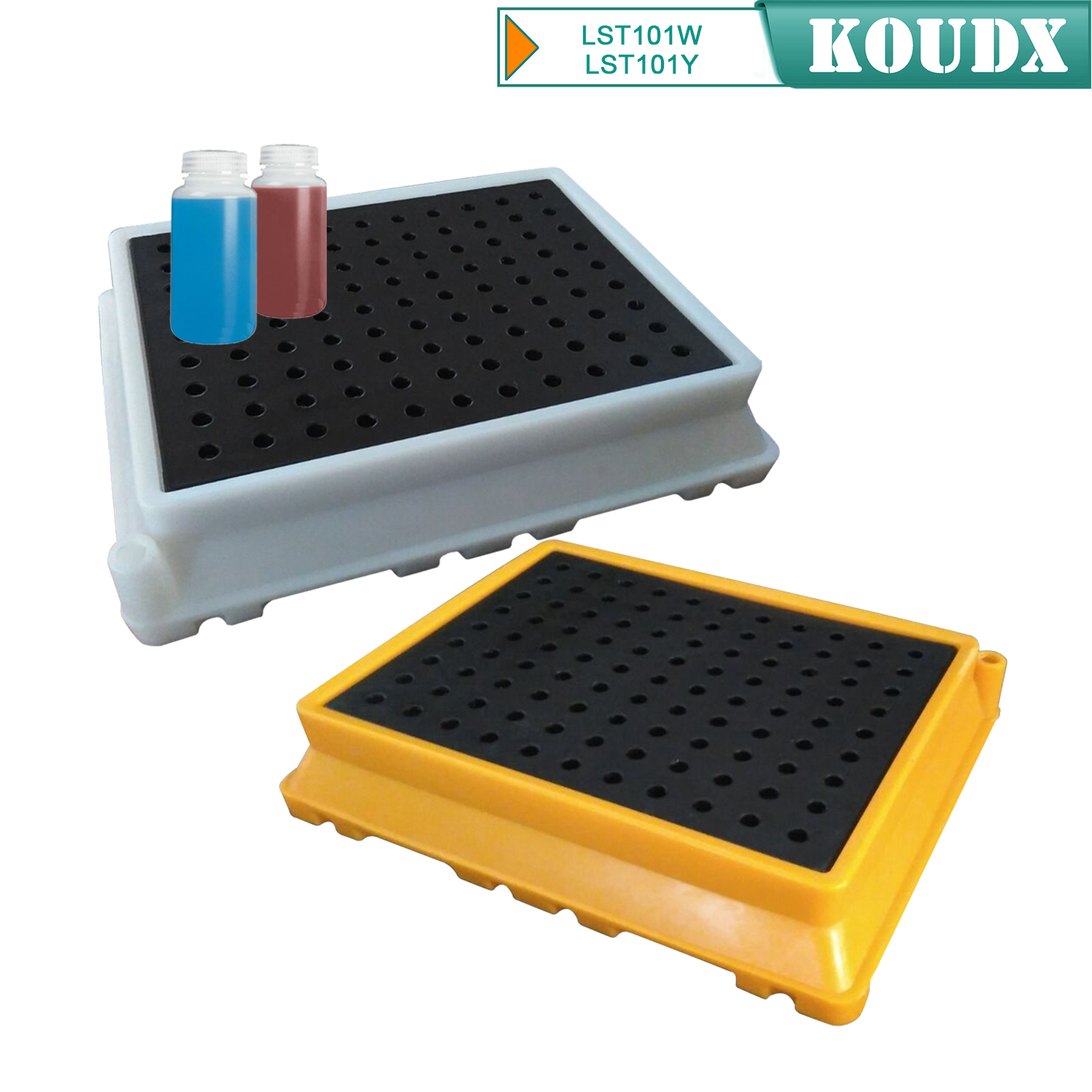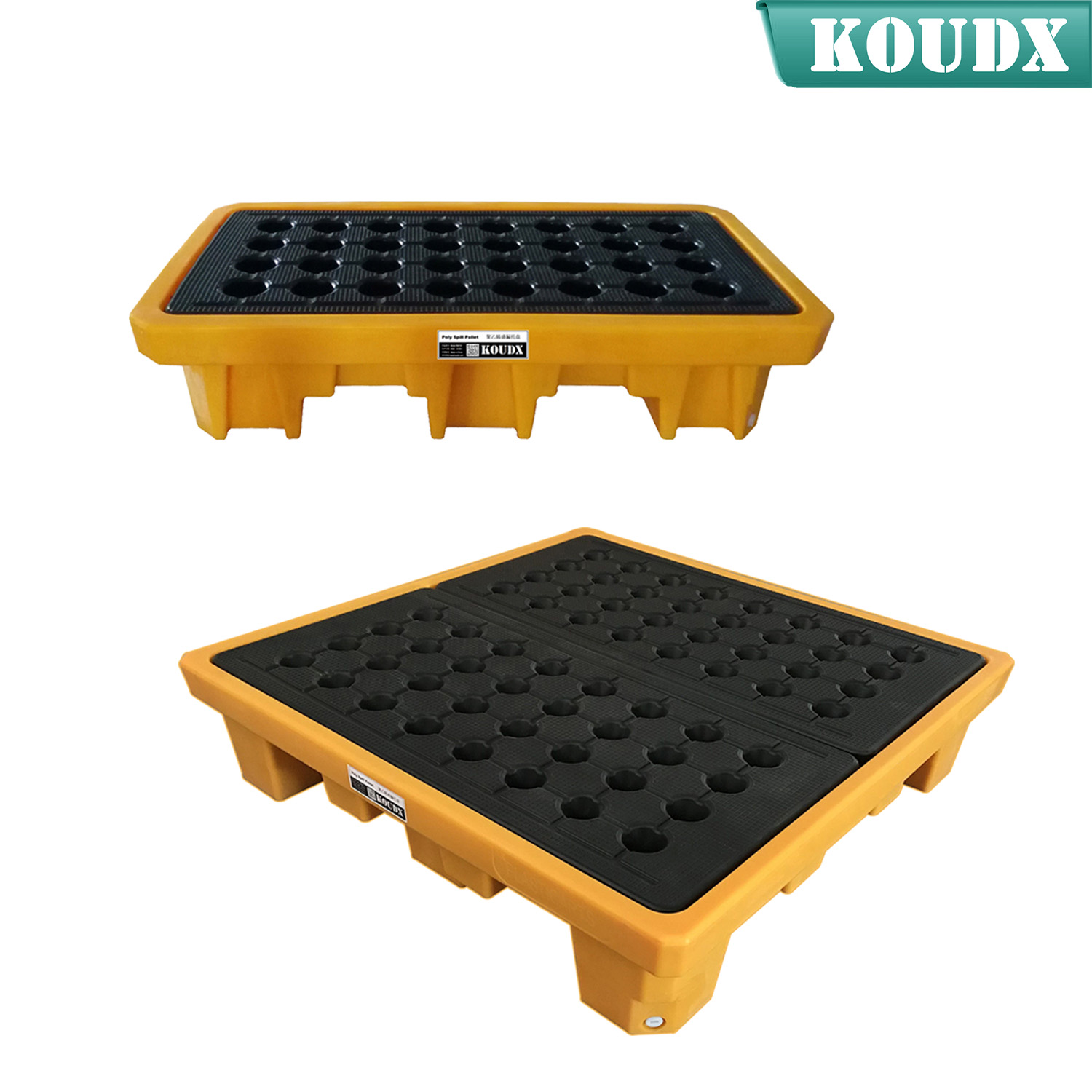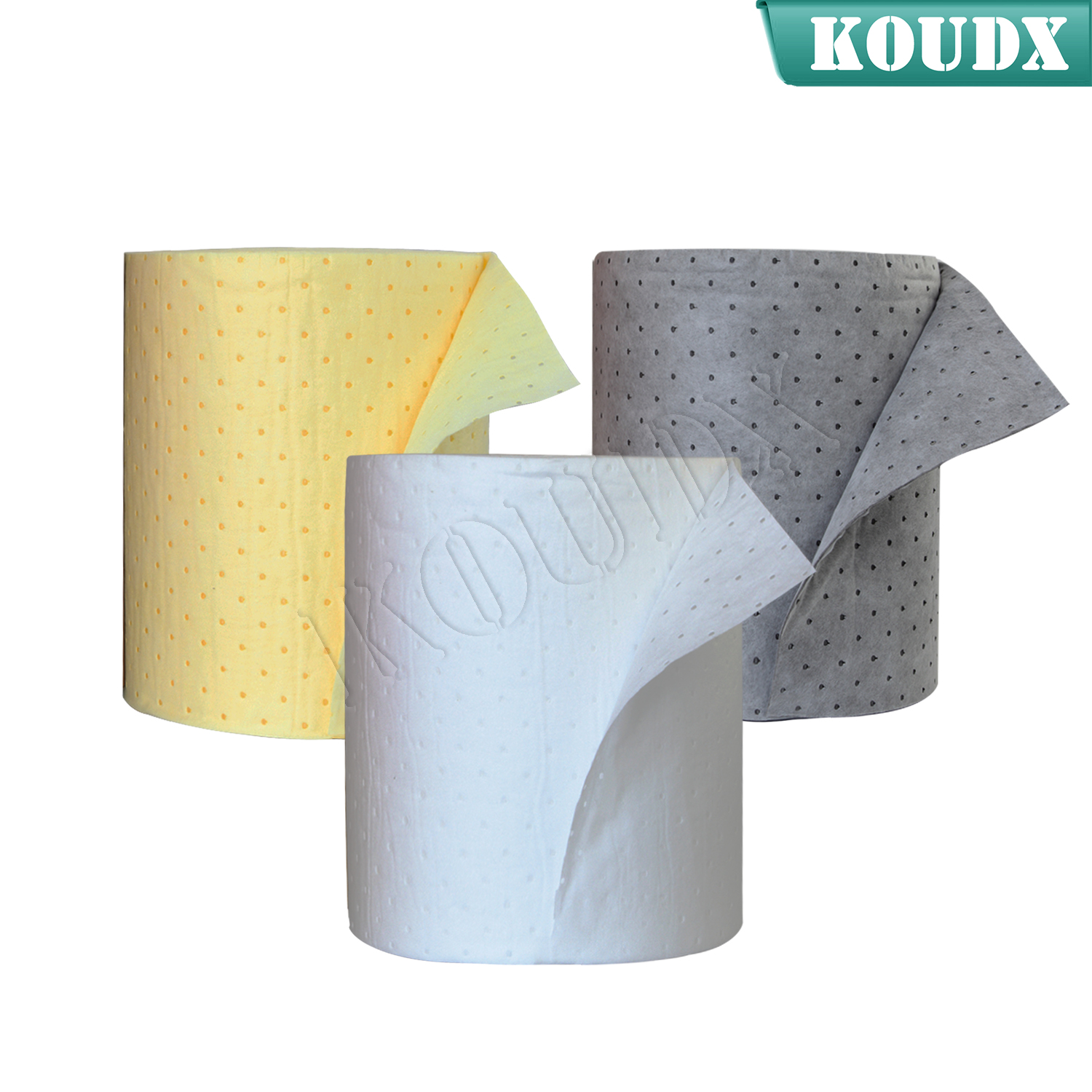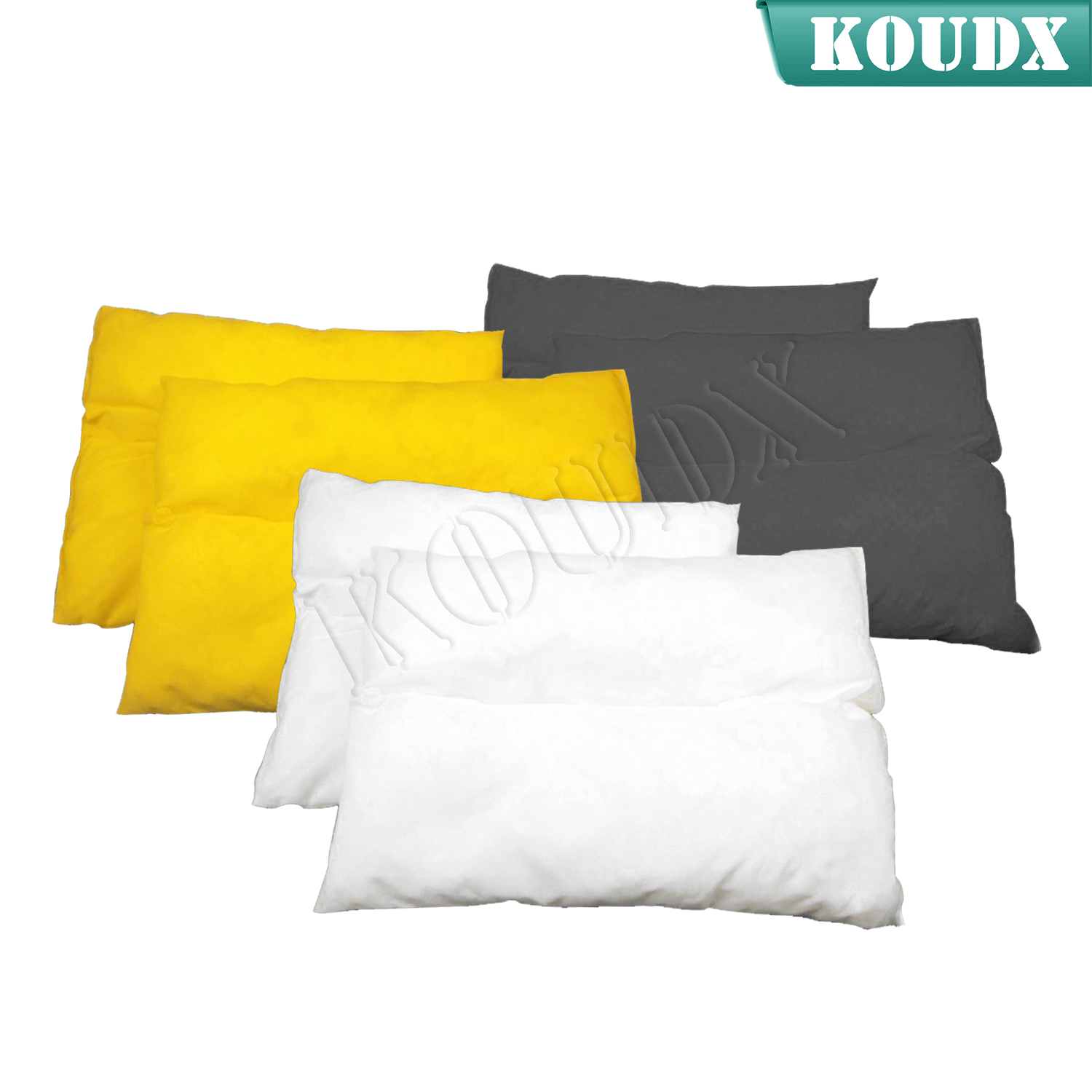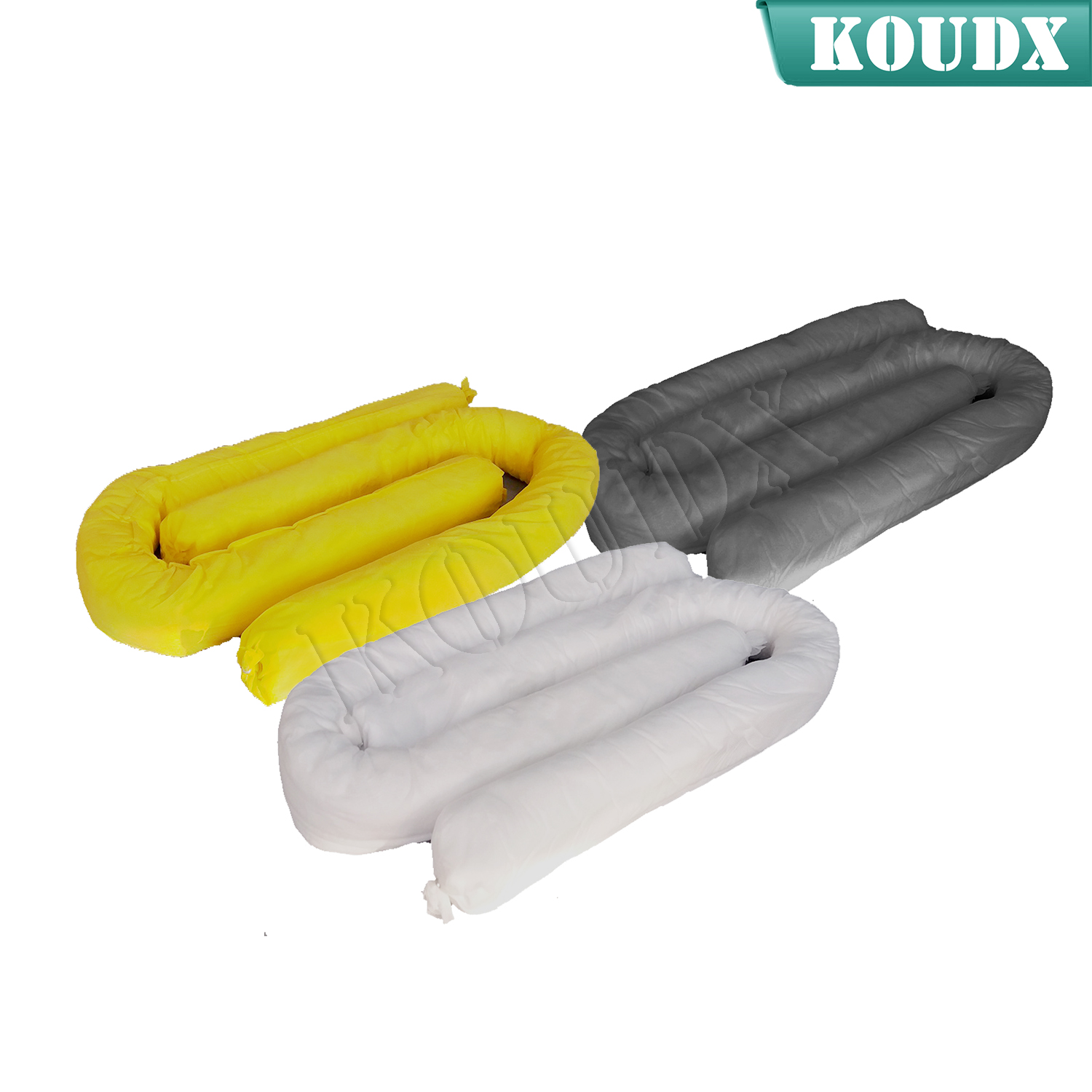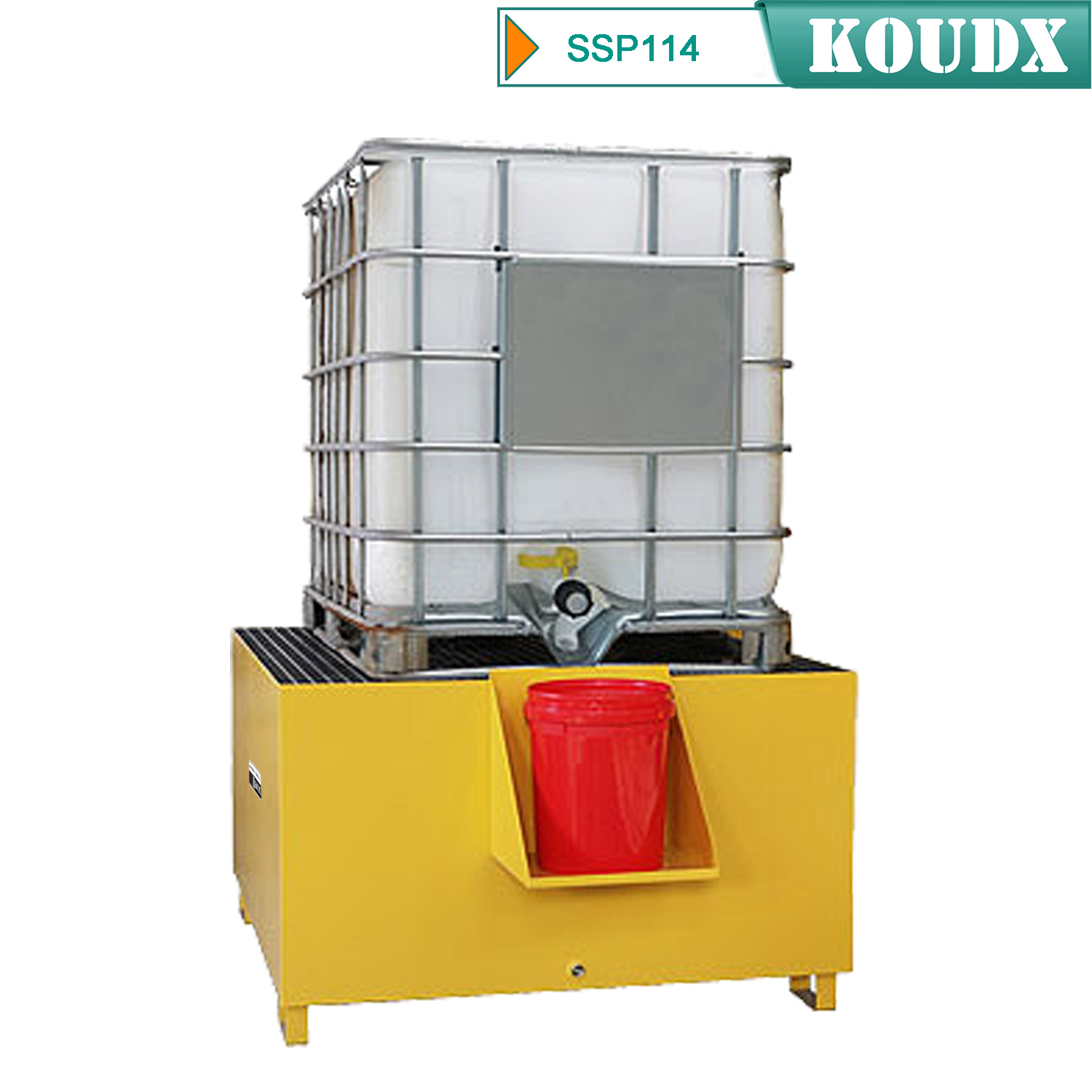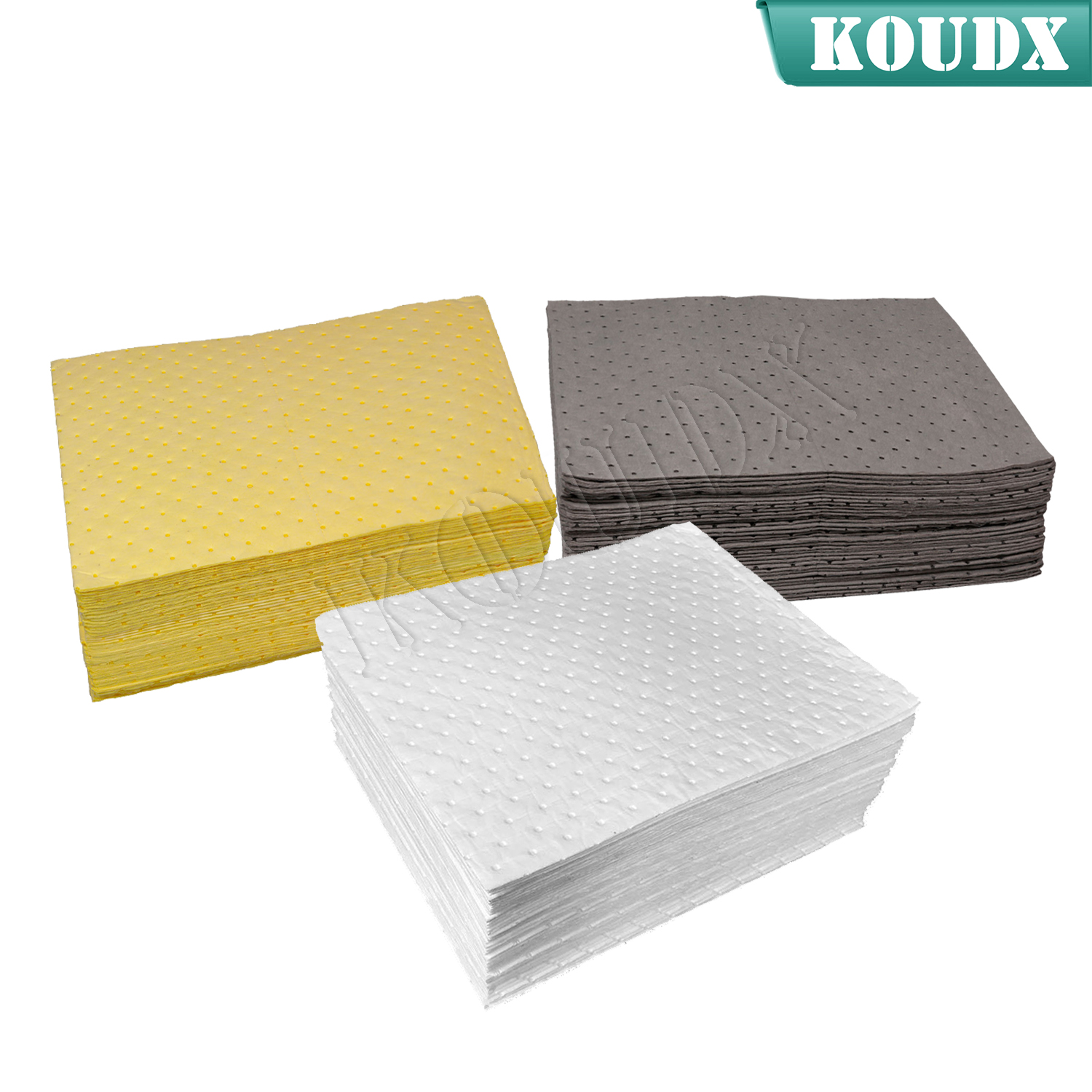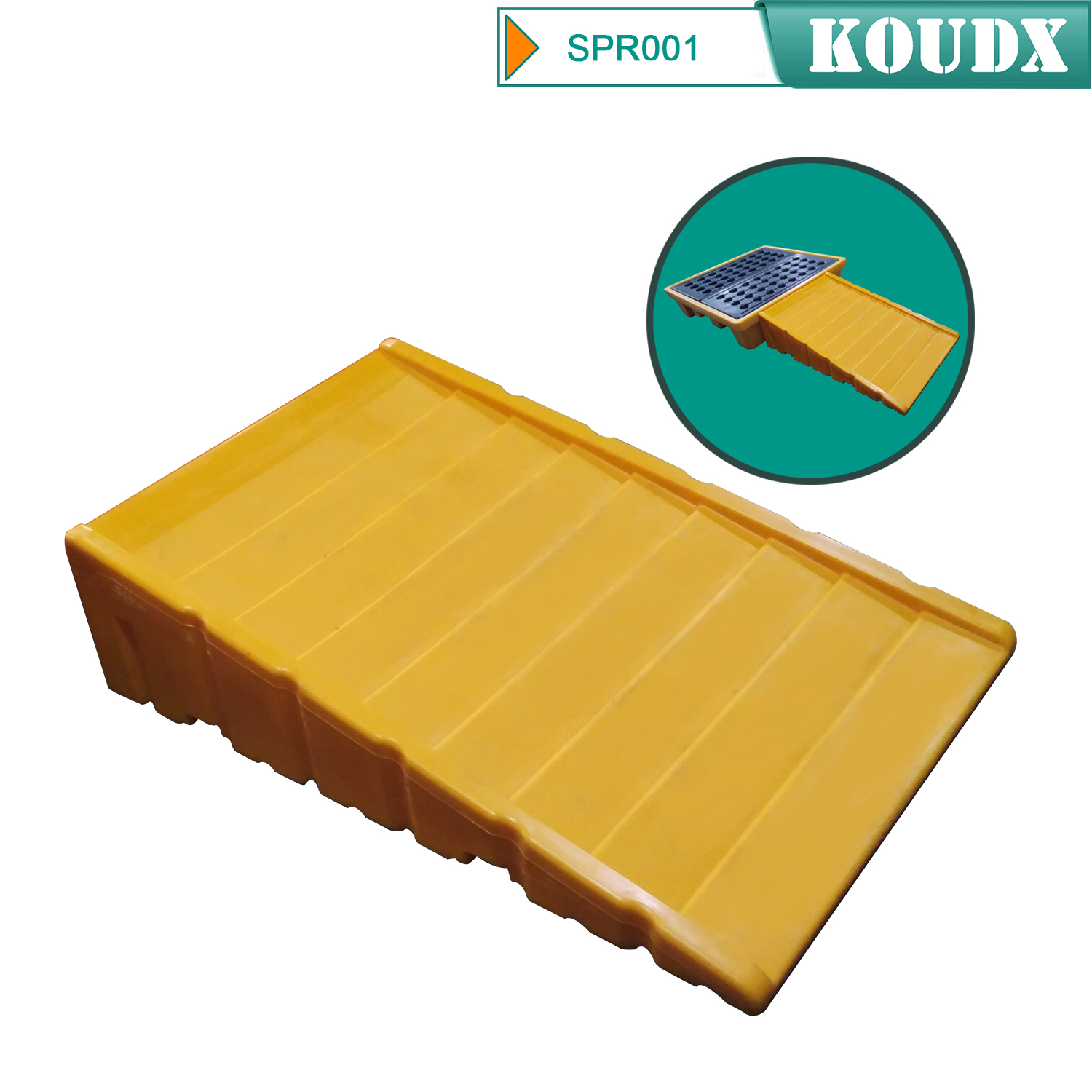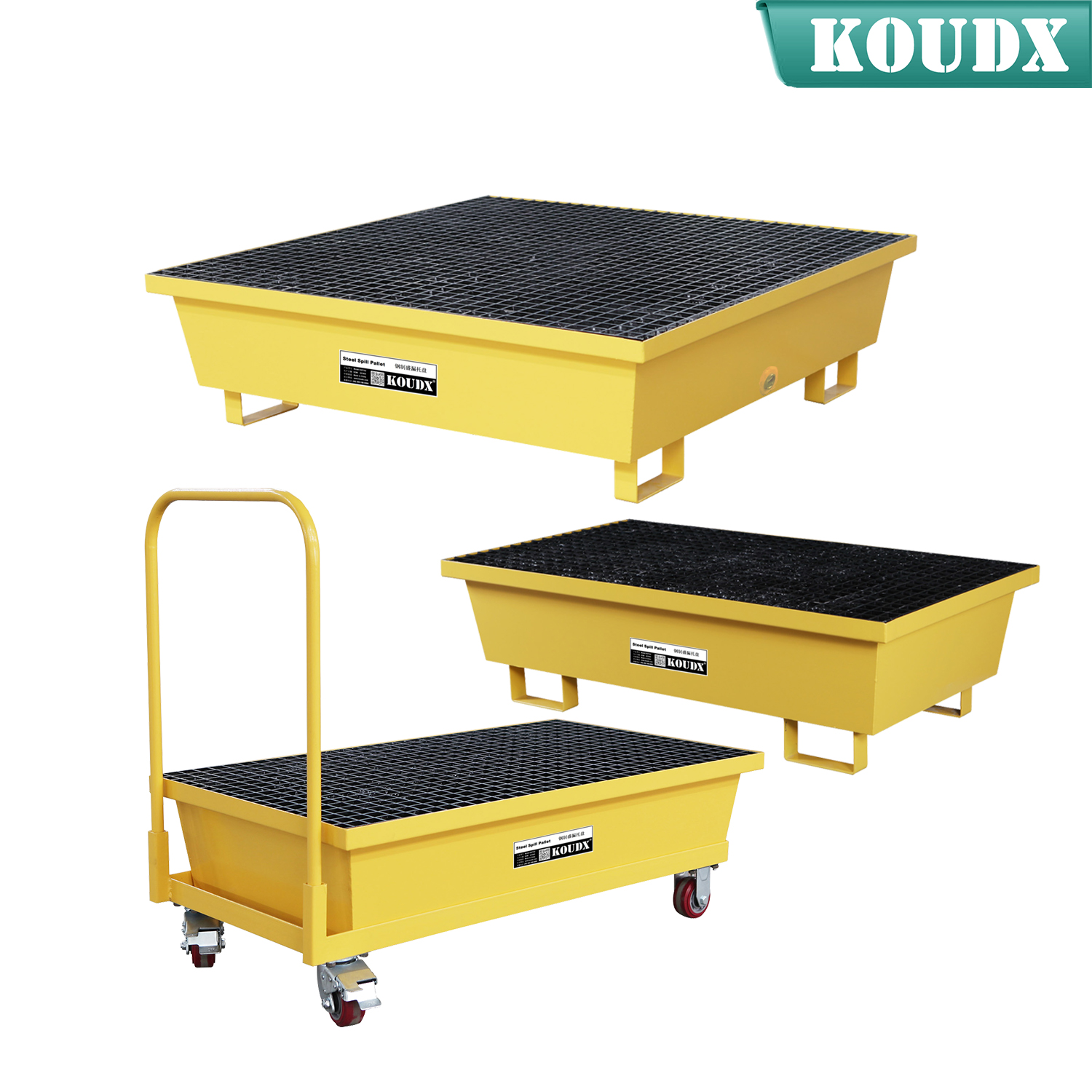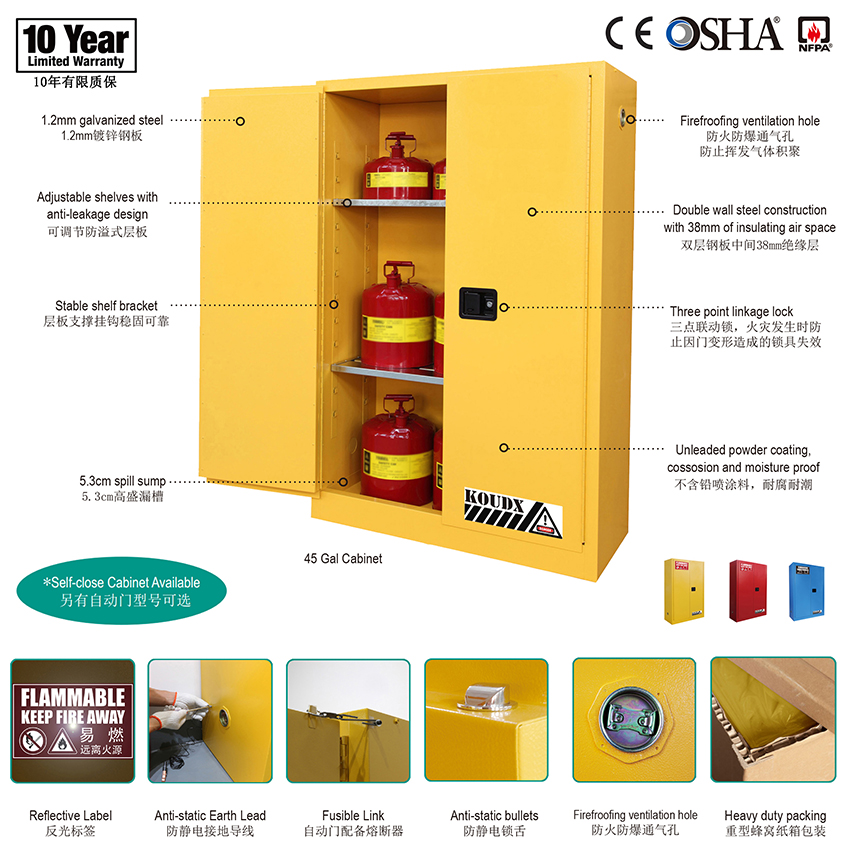
Whether in manufacturing or processing plants, laboratories or commercial establishments, the use of safety cabinets to store hazardous liquids reduces the risk of fire.
The safety cabinet has several key features. First, they provide a heat-resistant casing for containers of flammable liquids, helping to protect people and property in critical fires. Safety cabinets help identify, organize and isolate hazardous liquids. They can often be placed near the point of use, eliminating the need to frequently access the central storage room, saving time and effort.
The following are key considerations for selecting a chemical safety cabinet:
1. Whether the construction standard complies with the provisions of NFPA and OSHA, and whether the safety cabinet passes FM certification.
In order to comply with NFPA and OSHA standards, independent testing organizations (such as FM and UL) have established procedures for testing the effectiveness of flammable liquid storage cabinets. When the safety cabinet is subjected to a 10-minute fire test in accordance with the standard time-temperature curve specified in NFPA 251 "Standard Methods for Fire Resistance of Building Structures and Materials", it is considered acceptable if the internal temperature is limited to 325 °F (163 °C).
FM is an acronym for Factory Mutuals, full name: Factory Mutual Insurance Company. Founded in the early 19th century, FM is one of the world's largest industrial and commercial insurance companies with customers in 132 countries and more than 100,000 insurance programs worldwide. It is operated by the concept of “reducing risk through loss prevention improvement”. It is the market leader of global property insurance and engineering risk prevention risk management, with market-leading underwriting capacity and insurance coverage; and is committed to working with customers. Reducing the risk of risk to its property, maintaining the continued reliability of customer operations through the use of FM's most advanced property damage prevention research and engineering risk management expertise and comprehensive insurance products. As a result, many of the world's leading manufacturing and commercial customers have become FM customers' insurance customers, and they also choose to use FM-certified products to protect their assets.
2.the capacity coefficient
OSHA has restrictions on the amount of liquid stored outside the flammable storage cabinet or in the storage compartment. For quantities of liquid that are less than the OSHA limit, local authorities or insurance companies may also require the use of safety cabinets. Even a small amount of flammable material is best stored in a safety cabinet, not on or under the operator's station, or stored elsewhere, as negligence can lead to fire hazards and inspections.
When selecting a safety cabinet, the chemical capacity required now and in the future should be clarified.
The safety cabinet ranges in size from 4 to 115 gallons (15 to 434 liters). It is important to note that OSHA stipulates that Class I and Class II flammable liquids stored in a single safety cabinet must not exceed 60 gallons (227 liters) and Class III flammable liquids must not exceed 120 gallons. However, the 2008 version of NFPA 30 stipulates that the amount of Class I, II and IIIA flammable liquids stored in a single storage cabinet must not exceed 120 gallons. Given the nuances of the different specifications, it is important to consult with local authorities to ensure compliance with the handling and storage of flammable materials.
3.the chemical properties
It is important to identify all the chemicals to be stored and catalogue them. Review the Material Safety Data Sheet (MSDS) to determine the relevant characteristics and recommended storage practices. In order to avoid toxic explosions and fire, it is critical to isolate incompatible chemicals. Relevant regulations and the “right to know” Act (or “Dangerous Goods Communication Standards”) regulate chemical labeling and training. In order to facilitate access to the MSDS table at the point of use, a "document storage box" is also provided, which is directly attached to the safety cabinet.
One factor in choosing a safety cabinet is how the chemical relates to the construction material of the safety cabinet itself. For example, for non-flammable acids and corrosive liquids, the construction material should be a polyethylene or wood laminate. However, for flammable but less corrosive liquids, it is recommended to use a chemically resistant steel cabinet with a polyethylene backing. Steel safety cabinets are suitable for flammable liquids, and choosing the right color helps manage and isolate different types of liquids. Although the specification does not enforce specific colors, for a given liquid, the industry has a specific color that should be followed by convention.
4.vent
The safety cabinet should be equipped with a double exhaust port with a built-in flame arrester (with plug), usually on both sides of the cabinet: one side high and one side low. However, this specification states that if it is not vented, the vent is sealed with a plug. It further stipulates that if the safety cabinet needs to be vented for any reason, it should be discharged directly to the outside through pipes in a manner approved by the competent authority and must not affect the performance of the safety cabinet.
Regarding whether the safety cabinet should be vented, it is important to contact the local fire inspector to determine it according to local regulations. Other contacts include contacting local EHS (environmental, health and safety) workers, industrial hygienists, insurance companies or the company as a whole. Enterprise manager of the safety instructions.
5.grounding
Although not required by federal regulations, our steel safety cabinets have a built-in ground lug that is generally located on the bottom right side. For the safe storage of flammable materials, it is necessary to ground as much as possible for safety reasons. If the dispensing and collection process is carried out in a safety cabinet, for example by pumping from a drum or by pouring a waste liquid into the drum through a funnel, it is important that the safety cabinet be grounded and that the correct direct joining technique of the container be used.
KOUDX(Shanghai Koudx Industry Technology Co., Ltd.) is a professional provider of industrial safety and environmental protection solutions. Based on the concept of market and customer demand, our fire safety cabinet was developed in accordance with the standards of OSHA 29 CER 1910.106 and NFPA CODE30. It is widely used in petrochemical industry, industrial manufacturing, university laboratories, food industry, automobile industry manufacturing, new energy and other industries.
We sincerely hope that in the journey of KOUDX's continuous development and expansion, we will be able to get the full support of our distributor partners in China and abroad, and have more long-term strategic partners, development together and achieve a win-win situation. Welcome to contact us (86) 400-168-8090, you can visit our website www.koudx.com for the detail information.




